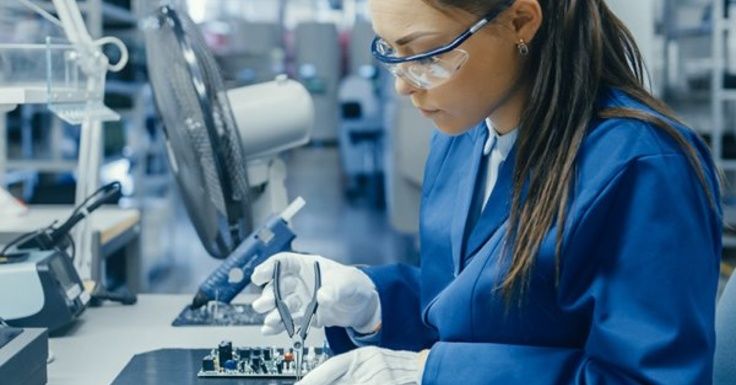
The manufacturing industry has seen remarkable advancements over the past few decades, with CNC (Computer Numerical Control) machining at the forefront of this evolution. As newer, faster, and more efficient machines hit the market, it’s easy to assume that older models like the 286 CNC machine might fade into obscurity. However, this assumption couldn’t be further from the truth. Despite its age, the 286 CNC machine continues to hold significant relevance in today’s manufacturing landscape. Understanding why this machine remains important offers valuable insights into the broader future of CNC machining.
Reliability and Durability
One of the key reasons the 286 CNC machine remains relevant is its proven reliability. Unlike some newer models that may prioritize speed over durability, the 286 is known for its robust construction and ability to withstand the rigors of long-term use. Many manufacturers have come to rely on the 286 for its consistent performance over time. This machine has been built to last, and its longevity is a testament to the quality of engineering from that era. For businesses that require machines that can run for extended periods without frequent maintenance, the 286 is a cost-effective and dependable option.
Cost-Effectiveness
Another factor contributing to the continued use of the 286 CNC machine is its cost-effectiveness. In a market where the price of new CNC machines can be prohibitively high, the 286 offers an affordable alternative without sacrificing essential features. This is particularly important for small and medium-sized enterprises (SMEs) that need to balance performance with budget constraints. Investing in a 286 allows these businesses to maintain high production standards without the financial burden of purchasing the latest models. For companies looking to optimize their budget, understanding CNC machine prices is crucial in making informed decisions.
Ease of Use and Adaptability
The simplicity of the 286 CNC machine also plays a significant role in its sustained relevance. Unlike some modern machines that require specialized training and complex programming, the 286 is known for its user-friendly interface. This ease of use makes it accessible to a broader range of operators, from seasoned machinists to newcomers in the industry. Additionally, the 286’s adaptability allows it to perform a wide variety of tasks, making it a versatile tool in any manufacturing environment. Whether it’s milling, drilling, or cutting, the 286 can handle various functions with efficiency and precision.
Integration with Modern Technologies
While the 286 CNC machine may be considered outdated by some, it has surprisingly kept pace with technological advancements. Many manufacturers have retrofitted their 286 machines with modern software and hardware upgrades, enhancing their capabilities and extending their lifespan. This ability to integrate with new technologies has allowed the 286 to remain a competitive option even as more advanced machines enter the market. By combining the reliability of older models with the efficiency of modern innovations, businesses can achieve the best of both worlds.
Conclusion
In a rapidly evolving industry, the relevance of the 286 CNC machine is a reminder that newer isn’t always better. Its reliability, cost-effectiveness, ease of use, and adaptability make it a valuable asset for many manufacturers. As CNC machining continues to advance, the 286 stands as a testament to the enduring importance of quality engineering and thoughtful design. For businesses navigating the complex landscape of CNC machining, the 286 remains a practical and dependable choice that will continue to play a role in the future of manufacturing.


